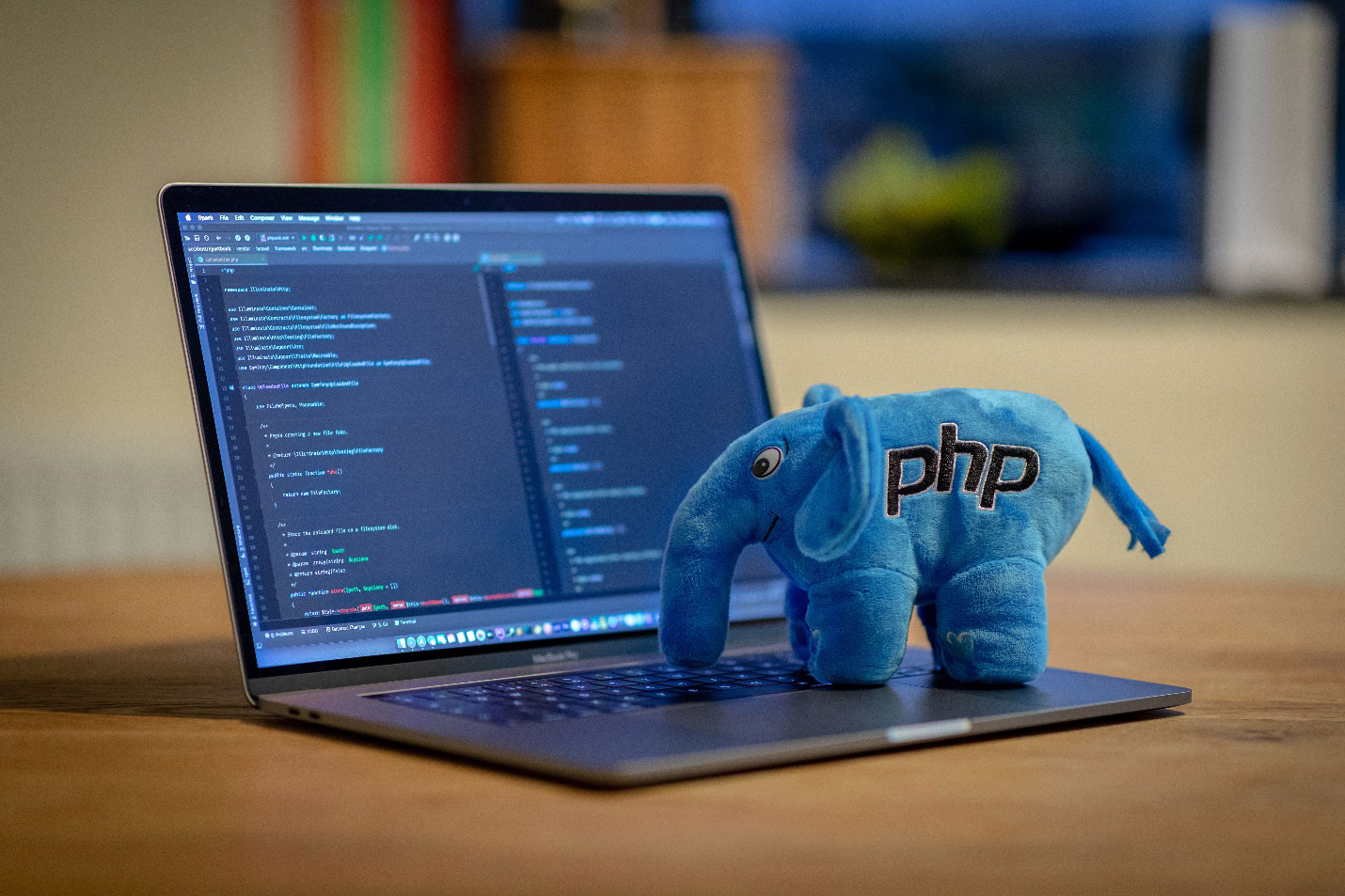Web Application Development: A Beginner’s Guide

Are you a beginner looking to dive into the world of web application development? Look no further! In this comprehensive guide, we will take you through the essential steps and concepts you need to know to get started with web application development.
Whether you want to build your website, start a freelance career, or even launch your startup, understanding web application development is an essential skill to have in today’s digital age. Throughout this guide, we will walk you through the basics of web application development, from understanding the fundamentals of HTML, CSS, and JavaScript, to exploring different frameworks and libraries that can help you streamline your development process.
Why web application development is important
Are you a beginner looking to dive into the world of web application development? Look no further! In this comprehensive guide, we will take you through the essential steps and concepts

you need to know to get started with web application development. Web application development involves creating dynamic and interactive websites that can handle various functionalities and user interactions. Whether you want to build your website, start a freelance career, or even launch your startup, understanding web application development is an essential skill to have in today’s digital age.
Common programming languages for web application development

In today’s digital landscape, web applications have become integral to our lives. From social media platforms to e-commerce websites, we interact with web applications daily. Web application development is important because it allows businesses and individuals to create dynamic and interactive websites that can cater to specific user needs. Web applications can range from simple static websites to complex platforms that handle online transactions, data processing, and real-time interactions
Front-end vs. back-end development
When it comes to web application development, there are several programming languages that you can choose from. Each language has its strengths and weaknesses, and the choice of language depends on the specific requirements of your web application.
HTML (Hypertext Markup Language) is the standard markup language for creating web pages. It provides the structure and content of a web page and is essential for any web application. CSS (Cascading Style Sheets) is used to style the HTML elements and make the web page visually appealing. JavaScript is a powerful scripting language that adds interactivity and functionality to web pages.

Essential tools and technologies for web application development
The first step in the web development process is planning and defining the scope of your project. This involves identifying the target audience, setting goals, and creating a roadmap for your web application. Once the planning phase is complete, the next step is designing the user interface (UI) and user experience (UX) of your web application. This involves creating wireframes, prototypes, and visual designs that align with your project goals and target audience.

Testing and debugging web applications
When designing a web application, it’s important to prioritize user experience (UX) to ensure that your application is user-friendly and intuitive. Here are some tips to keep in mind when designing your web application:

1. Keep the interface clean and clutter-free: A clean and organized interface allows users to focus on the content and functionality of your application without distractions.
2. Use responsive design: With the increasing use of mobile devices, it’s important to ensure that your web application is responsive and accessible across different screen sizes and devices.
3. Provide clear navigation: Make sure that users can easily navigate through your web application and find the information or functionality they are looking for. Use clear and intuitive navigation menus and include search functionality if necessary.
4. Optimize performance: Users expect fast-loading web applications. Optimize your code, compress images, and leverage caching techniques to improve the performance of your web application.
5. Test usability: Conduct usability tests with real users to identify any pain points or areas for improvement in your web application. Use their feedback to refine and enhance the user experience.
Security considerations in web application development
Security is a critical aspect of web application development. As a web application developer, it’s important to be aware of common security vulnerabilities and best practices to protect your web applications from attacks. Some common security vulnerabilities in web applications include cross-site scripting (XSS), cross-site request forgery (CSRF), and SQL injection. Implementing user authentication and authorization mechanisms, encrypting sensitive data, and regularly updating your web application’s dependencies are also important steps in ensuring the security of your web application.
Don’t know where to start? Get help from our experienced team at Techtix.
Book a consultation with our CEO. Check our Case studies.

Just drop an email at hello@techtix.co to contact the specialists in our team and get started with a full fledged professional website for your business in very economical packages!



